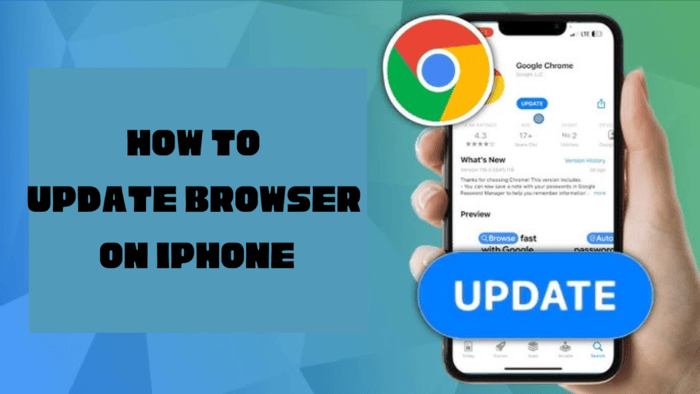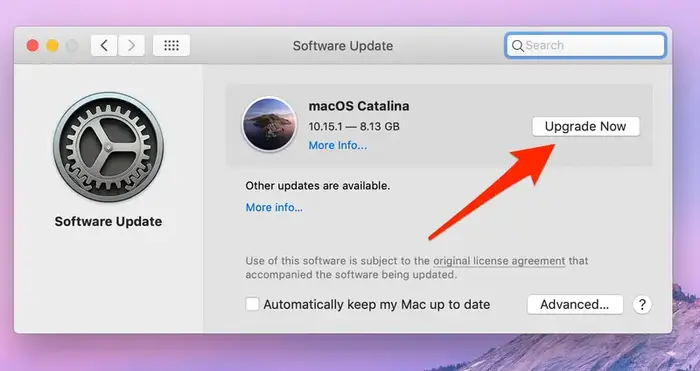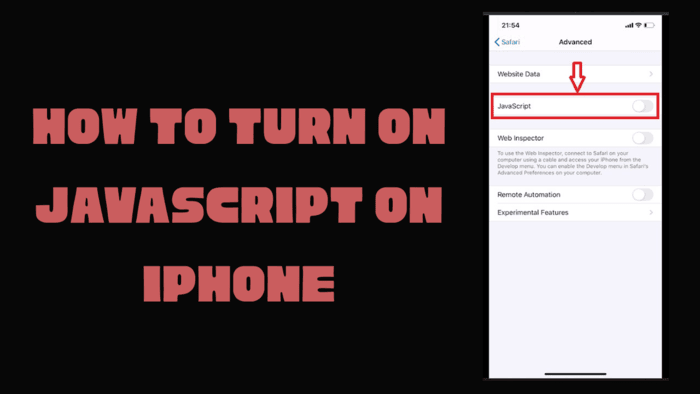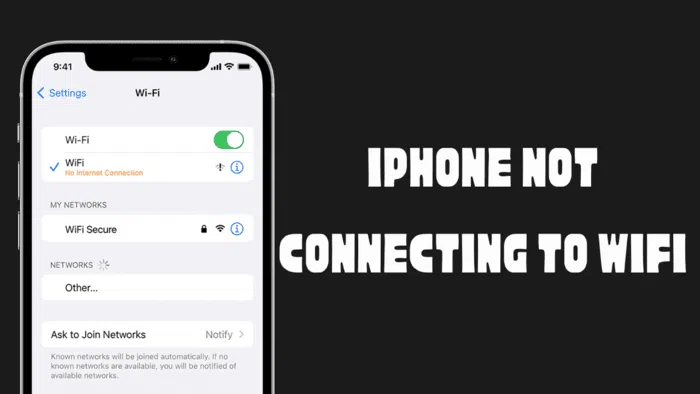Keeping your web browser updated is essential for security and performance. Updates fix bugs, close security gaps, and improve your browsing experience.
Whether you use Safari, Chrome, Firefox, Edge, Opera, or Brave, keeping them up to date is essential. Here’s how you can update your iPhone browser.
Why You Should Update Your Browser
Your browser is your gateway to the internet. It’s used for online banking, email, shopping, booking travel, social media, etc.
Cybercriminals constantly try to exploit vulnerabilities to access your data, such as passwords, addresses, and financial details.
Regular updates help protect your information by fixing security flaws and improving performance.
Many browsers also include built-in password managers, making it even more important to keep them secure.
By ensuring your browser is up to date, you reduce the risk of cyber threats and enjoy the latest features and improvements.
Updating Your Browser on iPhone
Updating Safari
Safari updates are tied to iOS updates, meaning you must update your iPhone’s software to get the latest version of Safari. Follow these steps:
- Open Settings.
- Go to General > Software Update.
- If an update is available, tap Download and Install.
- Follow the on-screen instructions to complete the update.
Safari updates bring security patches, performance enhancements, and new features.
Since Apple doesn’t release separate updates for Safari, keeping your iOS version updated ensures you have the latest browser version.
Updating Third-Party Browsers (Chrome, Firefox, Edge, Opera, Brave, etc.)
Third-party browsers receive updates separately through the App Store. To update them manually:
- Press and hold the App Store icon.
- Select Updates.
- Pull down to refresh the page.
- Tap Update next to Chrome, Firefox, Edge, Opera, Brave, or any browser you use.
To enable automatic updates for apps, including browsers:
- Open Settings.
- Go to the App Store.
- Toggle on App Updates.
This ensures your browser stays updated without manual intervention.
Updating Your Browser on Mac
Updating Safari on Mac
Safari updates are handled through macOS updates. To update Safari:
- Open System Settings (or System Preferences on older macOS versions).
- Go to General > Software Update.
- If an update is available, click Update Now.
Sometimes, Safari has a standalone update. If you see a More Info option, click it, uncheck macOS updates if needed, and install only the Safari update.
Updating Google Chrome on Mac
Chrome usually updates itself when restarted. You may see an Update button in the top-right corner if you haven’t closed it in a while. To update manually:
- Open Chrome.
- Click Chrome in the top menu and select Settings.
- Scroll down and click About Chrome.
- Chrome will check for updates and install them.
- Click Relaunch to complete the update.
Updating Firefox on Mac
Firefox updates automatically, but you can check manually:
- Open Firefox.
- Click Firefox > Settings in the top menu.
- Scroll to Firefox Updates.
- Click Check for updates.
- If an update is available, click Restart to Update Firefox.
Updating Brave on Mac
To update Brave:
- Open Brave.
- Click Brave > Settings from the top menu or press Command +, (comma).
- Go to Privacy and Security.
- Scroll down and click Check Now under Safety Check.
- If an update is available, click Relaunch.
Updating Opera on Mac
To update Opera:
- Open Opera.
- Click Opera in the top menu.
- Select Update & Recovery.
- Click Check for Update.
Updating Microsoft Edge on Mac
Edge updates automatically if you enable auto-updates during installation. To update manually:
- Open Edge.
- Click Help in the top menu.
- Select Update Microsoft Edge.
Automatic Browser Updates on iPhone and Mac
Most browsers, except Safari, update automatically in the background when you quit and reopen them.
On iPhone, enabling automatic app updates in Settings > App Store ensures third-party browsers stay updated.
For Safari, automatic updates require enabling Automatic Updates under Settings > General > Software Update.
However, these updates can take time, requiring a full iOS, iPadOS, or macOS update.
| Browser | Update Method on iPhone | Update Method on Mac |
| Safari | iOS Update via Settings | macOS Update via System Settings |
| Chrome | App Store | Chrome Settings > About Chrome |
| Firefox | App Store | Firefox Settings > Check for Updates |
| Edge | App Store | Help > Update Microsoft Edge |
| Opera | App Store | Opera > Update & Recovery |
| Brave | App Store | Brave Settings > Privacy and Security |
Updating your browsers ensures security, improved performance, and access to new features.
Set up automatic updates to stay protected with minimal effort.






